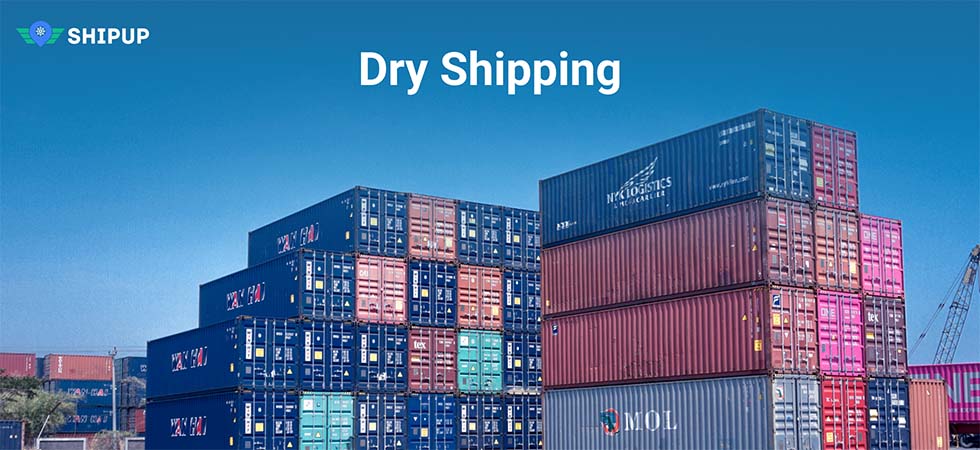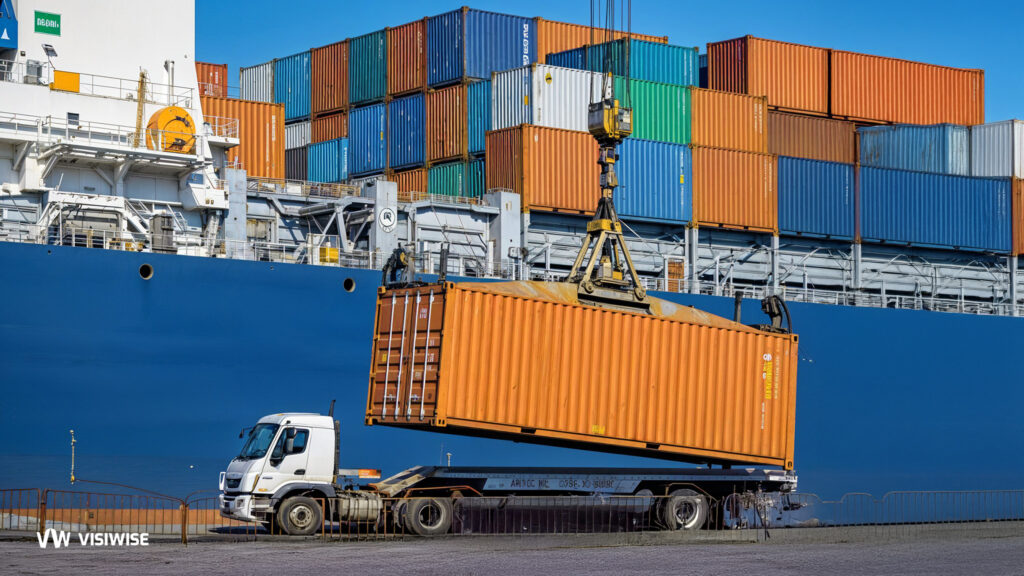There are many different meanings for dry shipping; sometimes, people confuse it with dry cargo. Whenever you use this term, you should be aware that the context gives different meanings to dry shipping.
What Is Dry in Shipping?
Somebody is talking with you about your containers, and you are giving information to fill out the form. Your freight forwarder or the one who takes care of your shipments will ask you: What is your shipment? Is it dry or refrigerated? Here, you can say it is a dry shipment. But what is the exact meaning?
Dry shipping means that there is no need to use refrigerated containers, and the goods are dry. This is the most common meaning for the term “Dry” in shipping. However, you may hear this word in different contexts in the shipping industry, and you should consider the different meanings each time.
Dry Shipping as a Way of Transportation
Shipping goods from one place to another is necessary for many businesses, and dry shipping is an important part of this process. One meaning of dry shipping is that items are transported from one location to another in sealed and moisture-proof containers. It is used to protect sensitive items from the elements and theft or other damages that can occur in transit.
Dry shipping requires a high standard of packing and sealing. The goods must be placed in a sealed container to prevent water, air, and other materials from entering.
Please note that using Dry Shipping for this meaning is rare, but still, you may hear it for this meaning.
Dry Shipping or Dry Goods
Shipping goods across long distances is essential to global commerce. The process has become even easier with the introduction of dry shipping, a cost-effective and efficient form of transportation. In this case, dry shipping refers to transporting dry goods such as food, clothing, electronics, and other items that don’t require special conditions.
Types of Cargo and Transportation
In general, there are three major categories: bulk cargo, containerized cargo, and break-bulk cargo. Bulk cargoes usually consist of homogeneous substances like grains and coal that can be poured or tipped into a vessel’s hold without any need for repackaging or handling equipment. Containerized cargoes are goods loaded in containers before being shipped, so they don’t have to be handled until they reach their destination.
Dry shipping is an important component of the global supply chain, transporting cargo from warehouses to ports and then on to its final destination. Many types of cargo can be transported by dry shipping, some more common than others.
Food products are one of the most commonly shipped goods. Everything from canned goods and other provisions to grain, flour, and other ingredients used in food production is often transported using dry shipping services. Dry bulk materials such as coal, ore, and gravel can also be shipped this way. Also, manufactured goods like furniture, clothing, or electronics may be sent via dry shipping containers for domestic and international transportation needs.
Dry shipping is used across a variety of industries as it offers an efficient solution for large-scale transport projects. The dry shipping industry has become very well developed over the past few decades, with many companies specializing in various aspects of the shipping process.
Visiwise and Dry Shipping
If you use dry shipping, it means that you transport your goods using container shipments. One of the most common headaches for those who are waiting for their goods to arrive is about tracking the shipments.
Visiwise is a visibility platform that can help you keep track of your shipments and automatically get updated tracking information about the shipments.
You can track your shipments with Visiwise Dashboard and have all your shipments in one place.
Sign up on Visiwise and start your 15-day free trial.



